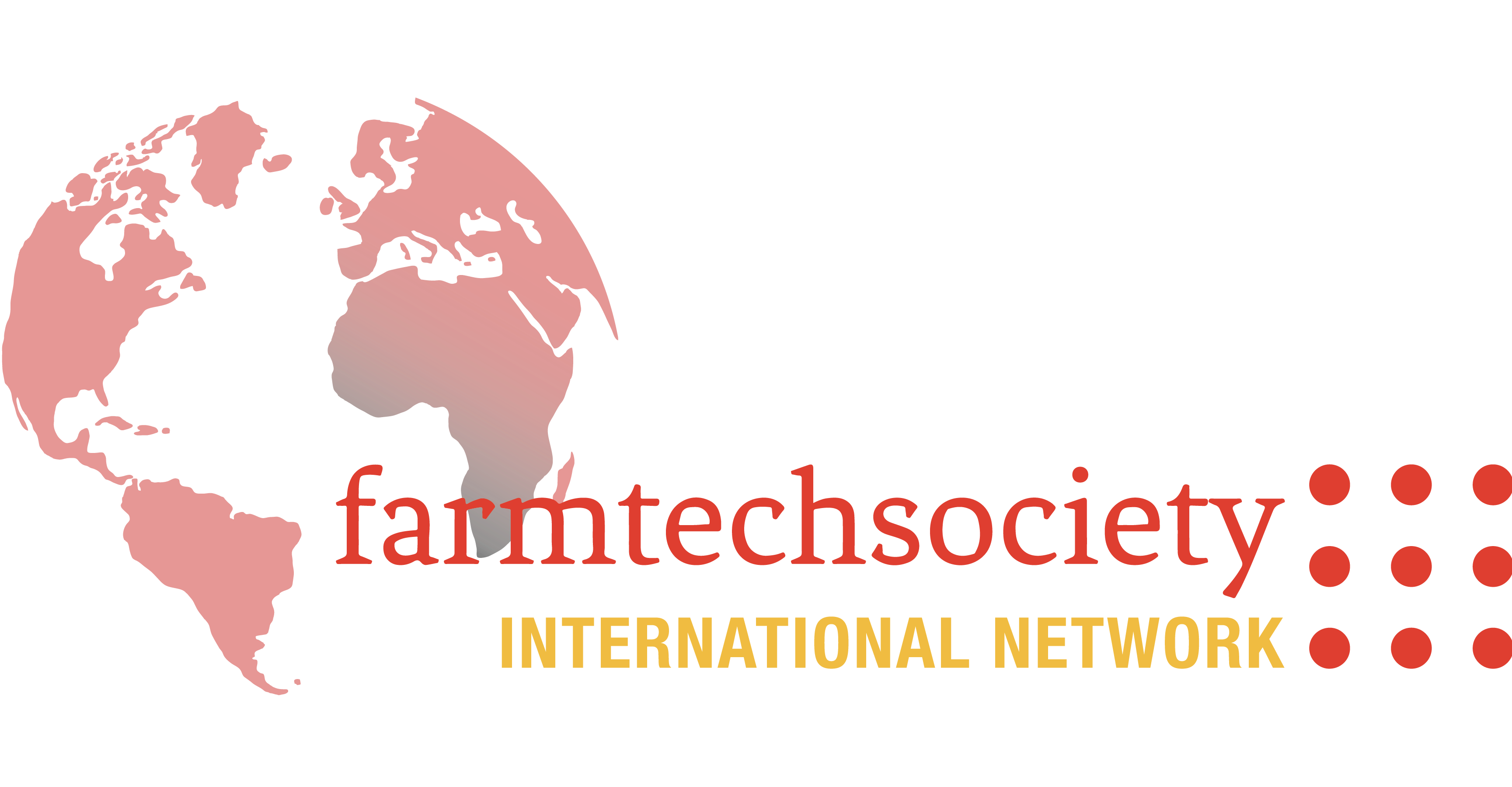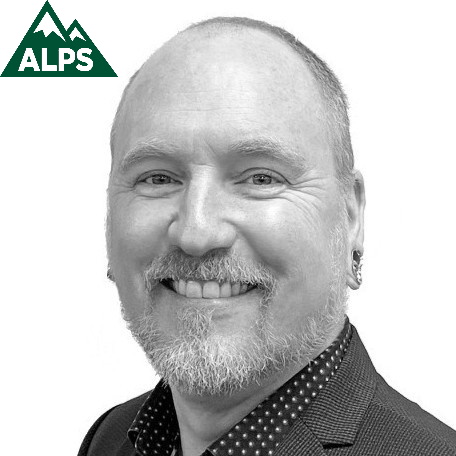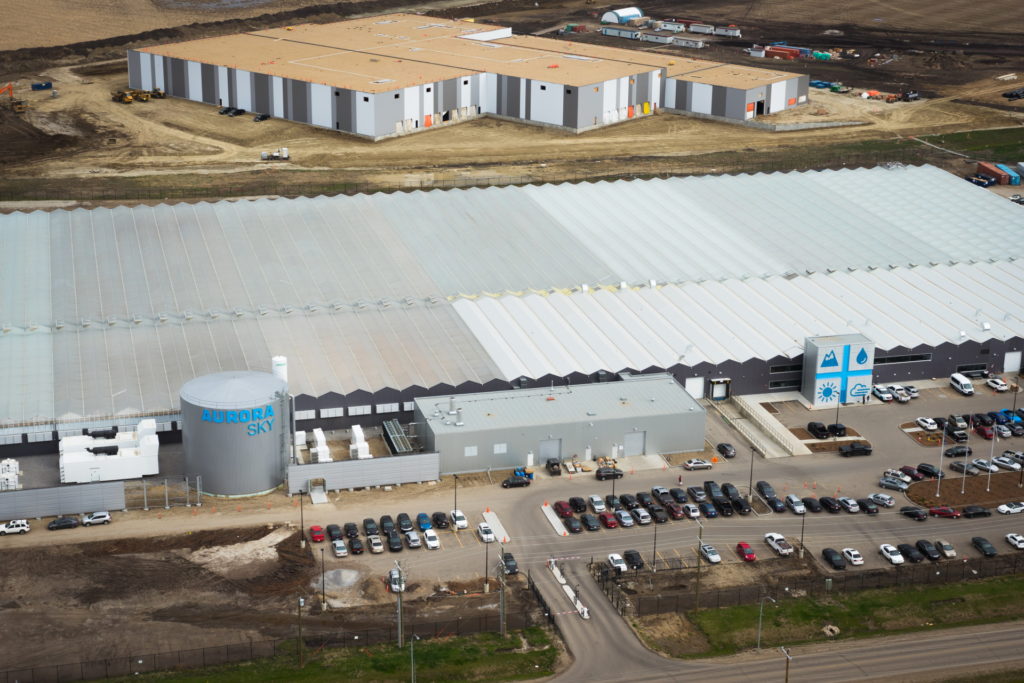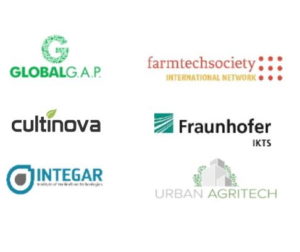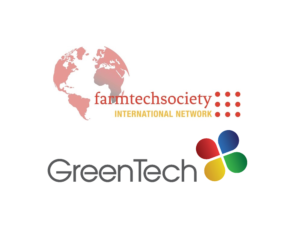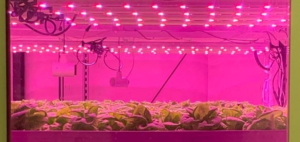ALPS is a team of professionals, cannabis specialists, drafts people, analysts, project managers, GACP/GMP experts, and innovators who specialize in crop and technical consulting services for the greenhouse and indoor regulated cannabis industry in addition to lettuces/tomatoes/peppers/ornamentals/etc. With them recently joining The FarmTech Society, our board member Andrew Blume had a talk with Joel Fuzat, VP of innovation at ALPS, about their work.
FTS: Hi Joel and thanks for making time to have a chat with us, we’re very pleased to have ALPS on board as a member of the FarmTech Society. Tell us a bit about yourself, your background and about ALPS as a company.
ALPS: I come from a background of strong agricultural interest and practice via the regulated cannabis industry. First, as a very small-scale indoor producer for the state-legal system in Oregon. Then, as a large-scale (primarily) outdoor producer in California. After moving to Canada, I was presented with the opportunity to work as a contractor, then employee, for Aurora Cannabis. My initial work, as Facility Director, was to develop their initial SOP framework around production efficiencies and regulatory compliance. Along the way, I was tasked with making the decision as to whether or not Aurora should move into greenhouse production. After meeting Thomas Larssen in very early 2016, that decision became quite easy. ALPS was formed after Thomas met Aurora’s then CEO, Terry Booth. During ALPS’ time with Aurora, they were our only client. However, after separation from Aurora, we are now back to servicing a global food and cannabis industry.
FTS: ALPS moved especially to cannabis somewhere around 7 years ago. Tell us about that transition?
ALPS: The regulated cannabis sector had just started in Canada. There was an initial wave (call it round 1) of companies (like Tilray, Tweed, Aphria, etc.) that were heavily capitalized and had long-term vision – at least around what efficient production looked like. Though, frankly, in the early days many companies struggled with that concept. Cannabis, with its heavy lighting requirements (up to 40 mols per day) naturally benefits most from the Sun as a light source. However, Health Canada had no regulatory framework to support outdoor production. Therefore, there was a gap of strong CEA-based production knowledge. While there has always been work within the more traditional greenhouse crops, cannabis was especially interesting because the crop itself presents so many unique production challenges – and, of course, the crop was not well parameterized compared to tomatoes or peppers. In short, it provided a unique opportunity as the amount of capital available to develop cannabis meant the opportunity to trial and utilize technological solutions (and combinations of technologies) not necessarily viable for other crops. We’ve learned a lot from working with such an intensive crop along with the regulations that support it. Our lessons learned from Cannabis will definitely benefit all of our clients, regardless of crop.
FTS: There are many engineering aspects to a greenhouse: structural, mechanical, electrical, geotechnical, etc… How do you bring these disciplines together to reduce risk and increase customer success?
ALPS: We have a very integrated, dynamic process in which the engineering team freely shares information and collaborates at the critical pre-project phase. Of course, we have our speciality engineers who work within their discipline, but at the same time we also capture our learnings in internal documents that can easily be referenced by the team so learning is shared. Going a little further, we are strong believers and users of Digital Transformation principles to ensure that wherever our team is – that knowledge is at their fingertips as long as they have a web connection. Automating traditional paper-based work-flow lets our team focus on the information and work at hand, instead of focusing on storing and retrieving that knowledge. Thomas, with his 30+ years of industry experience as an engineer, passes on his knowledge to our team through ongoing mentorship and teaching sessions. So, in short – our process involves collaborative workflows, documentation of our learnings, and capturing ‘lessons learned’ across all our clients’ operational knowledge to ensure continuous improvement across the board. Combined with our project management services plus commissioning and predictive maintenance programs, our clients certainly experience fewer start-up issues and less down-time.
FTS: What new or ‘on the horizon’ technologies in indoor agriculture excite you?
ALPS: We are always interested in the latest lightning technologies. Cannabis, being such a heavy user of light, taught us a lot about the impact of type light upon plants and their expression of metabolites of interest. Robotics is another strong area of interest for us! With more productivity comes more work. Growers continue to push the envelope of yield – therefore, being able to pick and pack quickly and efficiently is important. And, I think one of the most interesting areas of all are visioning technologies which permit growers to determine peak ripeness and, if at all possible, to even harvest via automation – and I must mention the even more intriguing systems which are detecting plant disease via vision or analysis of certain VOCs in the atmosphere. In short, automated growing and harvesting systems are the future as the world’s need for clean, low-cost produce increases.
FTS: When taking on a new project, how do you tailor your designs to be context specific per the local geography & climate?
ALPS: I’m going to borrow some language from our website because we anticipated our clients would have the same question. I will specifically say though that we do not have a formula for this. Our process is very one-on-one and involves a great deal of questions and analysis of local and regional conditions – especially historical. Of course, the cost to generate power, along with general availability of type of power, plays a large role in the decision making process. “We ensure your crop has the perfect recipe for success including optimal growth and yield potential with efficient work-flow. This is achieved through the pre-planning stage where we sit down with the client to understand the specific needs of the crop(s), seasonal variability of the region, and the technical requirements of the growing environment, along with desired plant height, and uses for the end product. Those factors are then used to assess, select, and then integrate the correct environmental control systems, nutrient and fertigation strategy, curtain control, ventilation, (de)humidification, pest and disease management, harvesting techniques, and greenhouse efficiencies in general. Implementing a CO2 system (liquid or derived from boiler), city heating, or a CoGen system is also discussed and implemented as required. Our team puts great effort into ensuring the heating and irrigation system suits your precise needs with a focus on efficiencies and energy savings.”
FTS: In the industry there has been much talk about autonomous greenhouses? How is ALPS moving toward more automation, smoother operations, and better data?
ALPS: One aspect of our company that I’m very proud of is the continuity of the knowledge we have. With our many, many clients over the decades – we have not forgotten what worked, or did not work, in each of those projects. This historical data, and the information from new clients, exists within our libraries so that even though every project is looked upon with fresh eyes, we ensure we haven’t forgotten similar situations wherein unique solutions may have been created. One of our key strengths is certainly to help with operations – and really letter out the pluses or minuses of various automation systems (which are typically logistics or pick/pack systems). Therefore, we sit upon a repository of operational knowledge which permits us to sit down with speciality groups that do focus on automated growing (one such example is Priva) in order to provide input on how the greenhouse + control systems + external climate inter-operate to create and manage internal ‘weather’. This, in turn, provides us more precise knowledge about control systems and in turn affects our design considerations for each project.
FTS: Let’s talk numbers for a moment. Everyone wants to know how much a greenhouse costs and what the yields will be, but as we’ve discussed in this interview, these are complex projects with site and equipment specific contexts to consider. How do you navigate these conversations to give your client a clear economic estimate while communicating the multitude of decisions that will inform your projections?
ALPS: The key principle here is to really listen to the client and what their real needs are and then reflecting that back in clear, written documentation. We would never be happy hearing, “I just want a 10 hectare greenhouses for peppers and here is my budget.” Instead, we want to fully understand who the client is for the products (direct to market or selling to a distributor? Is this local for local, or export, what quality do you require, and so on), what the initial capital budget is, what the OpEx expectations are, energy costs, labour force, and so on. This is really something that takes place during our pre-project phase. It’s a very intensive stage of asking and inquiring until we fully understand what the client truly needs. With ALPS having a very functional system including an estimating department and people skilled in business development – we can reflect our own knowledge back to the client and act as a mirror to ensure that what they say and want makes sense to everyone involved. When it comes to equipment and vendor selection – we have a great deal of experience with and strong relationships of trust with many of the world’s best companies. We approach this network of vendors on a case by case basis, always ensuring that the client is provided with the options most beneficial to their unique situation.
FOR ALPS

VICE PRESIDENT, INNOVATION
We want you, our readers, to know more about who our members are and what they’re doing. So we put together the FTS finds out more series, to do just that!
——–
